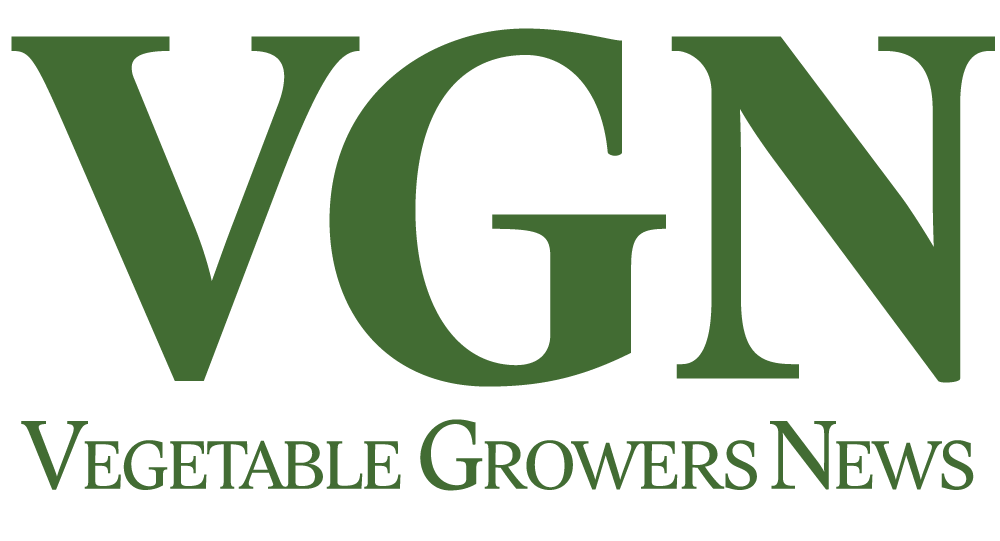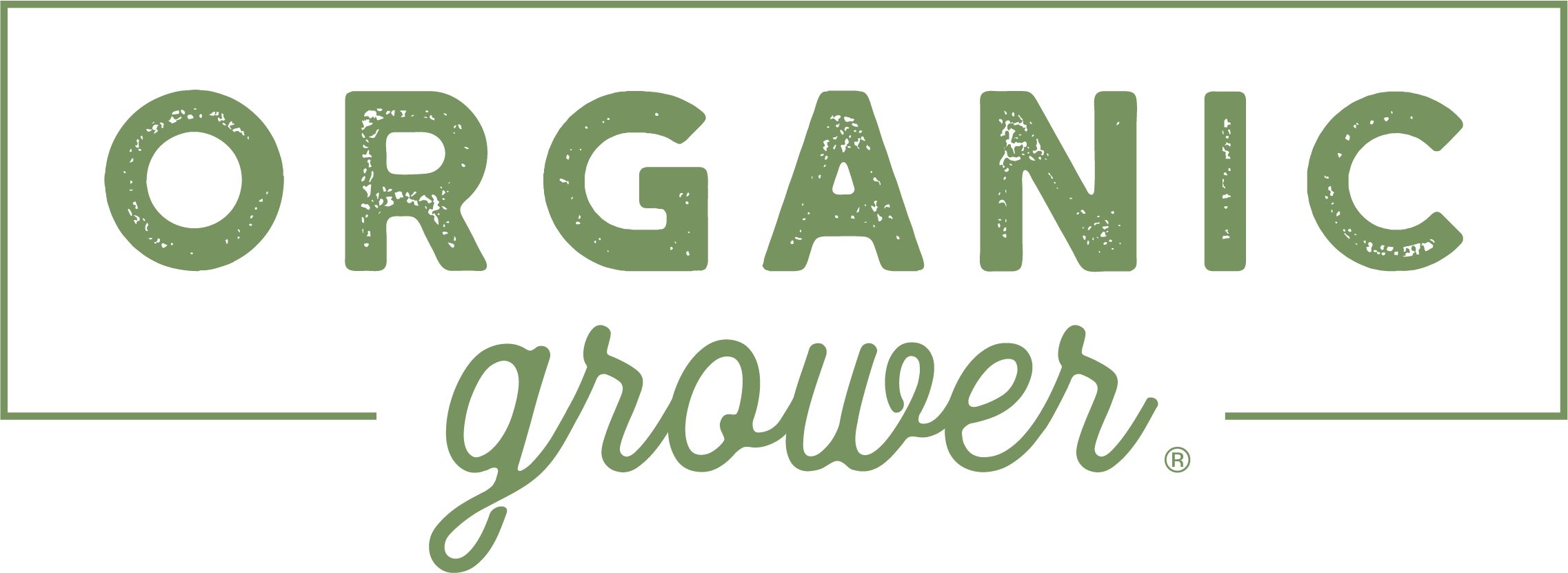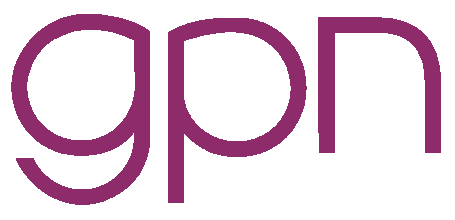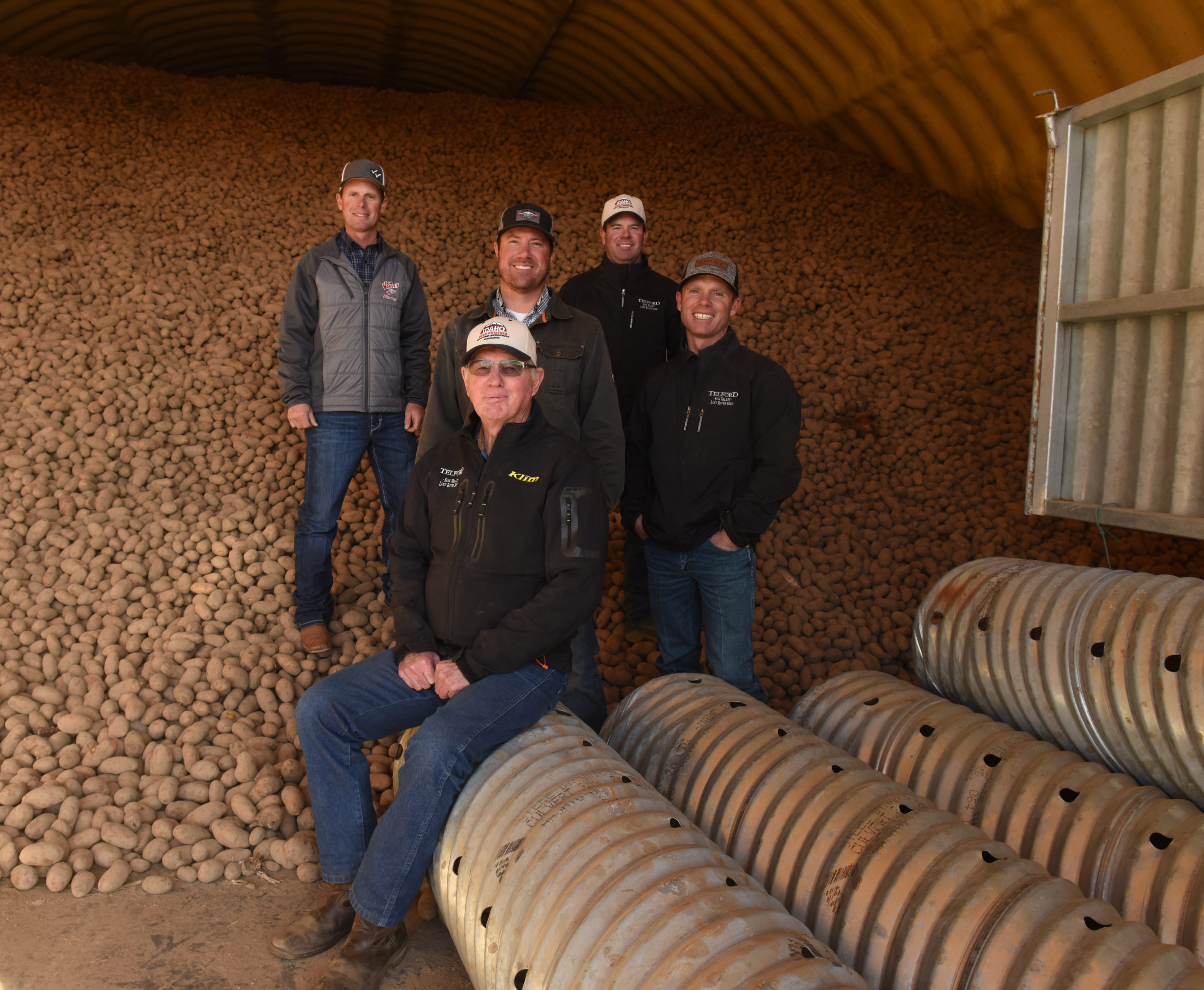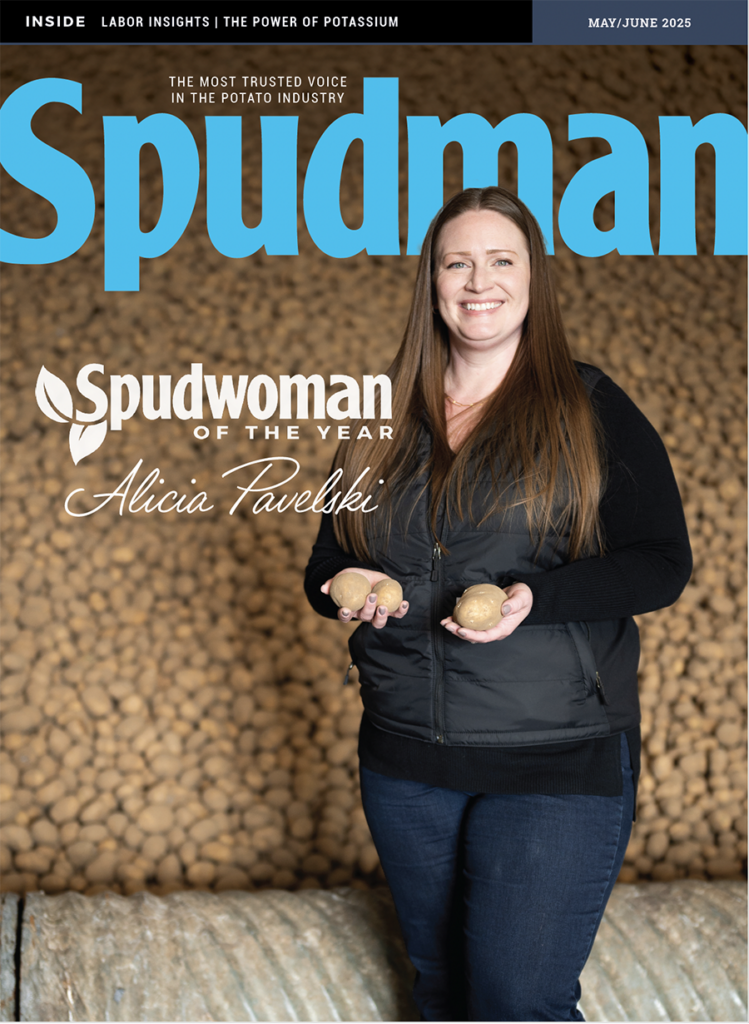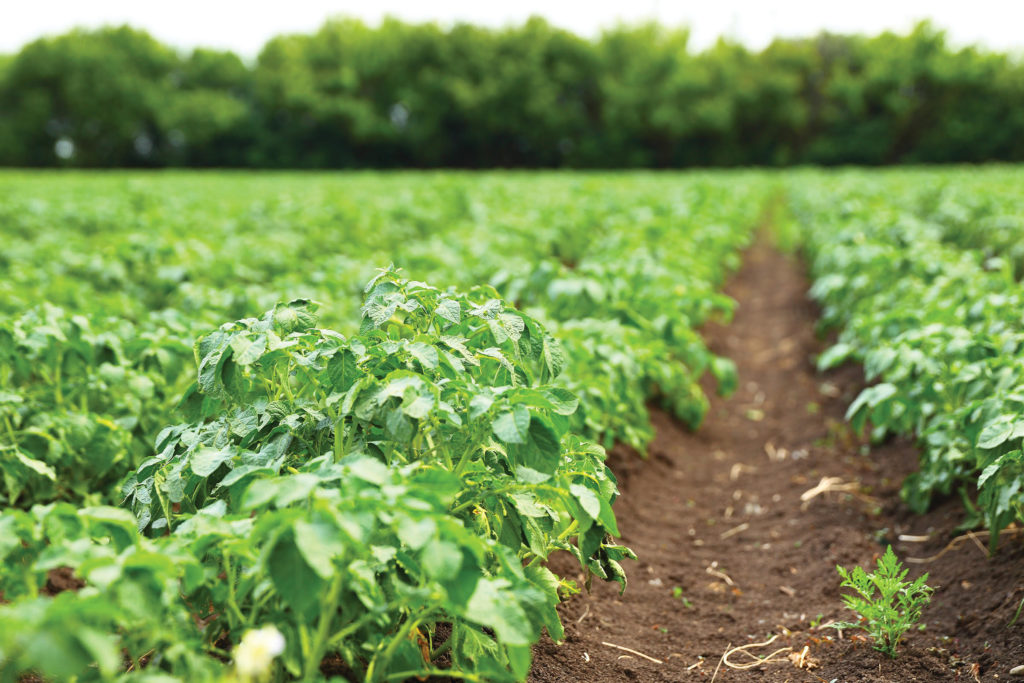
The next grower standard in the battle against early blight
{Sponsored} The growing season is full of unpredictable hazards — from weather to equipment delays, and pests to diseases — so knowing what tools are available is half the battle. Complacency is never an option, since a pest or disease can get out of control if a grower’s guard is down. As tough as potato growers are, they also need tough fungicides to win the battle against fungal pathogens.
The tools available for preventing and treating fungal diseases in potatoes are relatively standard; the go-tos tend to be FRAC groups 7 and 11. However, growers see moderate to major resistance issues to early blight with group 11 chemistries in the standard toolkit. As a result, growers rely heavily upon Endura® fungicide from BASF and Luna® Tranquility fungicide from Bayer, both from FRAC group 7, according to Curtis Rainbolt, technical services representative with BASF Corporation. The problem growers are facing now is increased early blight resistance to the group 7 (SDHI) fungicides. In addition to being used as foliar applications, the group 7 fungicides are becoming more commonly used as seed treatments, in-furrow, or even in the early vegetative growth stages to suppress below ground pests like Rhizoctonia and nematodes.
ProvysolTM fungicide is a FRAC group 3 option with a new active ingredient, Revysol® fungicide, just released for the 2020 season. While MRLs haven’t been established in all export regions yet, it’s an excellent option for growers who are raising domestic end-use potatoes to manage early blight and the increasing levels of resistance to SDHI fungicides. FRAC group 3 encompasses the DMI (Demethylation Inhibitors) and Sterol Biosynthesis Inhibiting (SBIs) fungicides.
Because Provysol fungicide is the first isopropanol azole molecule in the FRAC group 3, it is poised to be one of the strongest tools that potato growers have to prevent and manage resistance in early blight, according to BASF Corporation. “Provysol needs to be used preventatively,” Rainbolt said. “In our minds, growers should use the strongest product up front,” Rainbolt continued.
Provysol fungicide offers a new molecule class within the group 3 fungicides. “It works on some diseases that others (fungicides) aren’t as strong on. It is very strong on Alternaria, including Alternaria solani (early blight) and Alternaria alternata (brown spot),” Rainbolt said.
Revysol fungicide, the new active ingredient in Provysol fungicide, works by destabilizing cell membranes of fungal pathogens. Think of it as the fungal cell membranes being made of bricks. When Provysol fungicide is present, the “bricks” lose their shape and the fungal cell membranes become weakened, break open, begin leaking, and the fungus dies as a result. In more technical terms, the lipids that keep cell membranes stable and flexible, much like cholesterol in mammals’ cell membranes, become permeable, allowing for abnormal growth and leakage that ultimately lead to cell death.
Rainbolt recommends that growers apply Provysol fungicide just before or at row closure, prior to onset of early blight; research shows this is the optimal time to begin applying it to maximize seasonal impact on early blight control. Treatment for preventing and controlling early blight should continue every 10 -14 days, and traditional chemistries such as Endura fungicide or Luna®️ Tranquility fungicide can be part of the rotation with Provysol fungicide for resistance management and to control white mold.
The re-entry interval for Provysol fungicide is 12 hours and the pre-harvest interval is seven days. Growers need to keep a minimum retreatment interval of seven days for Provysol fungicide.
Provysol fungicide can be applied by ground, aerially or via chemigation. Growers should use 3-5 ounces per acre. In addition to preventing and treating early blight, Provysol fungicide is effective against Brown Spot and Black Dot. It is also rainfast one hour after application.
Independent researchers have shown that Provysol is “extremely effective — as effective as Luna®️ Tranquility and Endura fungicides were when they were first introduced. Growers will see a level of early blight control they haven’t seen in a few years,” Rainbolt said. With the outstanding leaf penetration, fast action and long-lasting residual control, growers will have greater flexibility in the fight to control early blight, according to BASF. Because of this, Provysol fungicide is positioned to be the grower standard for control of early blight for years to come.
For more information about Provysol fungicide, Rainbolt recommends talking to university Extension specialists, many of whom are familiar with Provysol fungicide from the testing universities and independent researchers have done with the chemistry.
Always read and follow label directions.
Provysol is a trademark and Endura and Revysol are registered trademarks of BASF. Luna Tranquility is a registered trademark of Bayer.
© 2020 BASF Corporation. All rights reserved.


